Lau Tang Tho - The Poetry Library (Tang Thu Lau), built in 1825 under the Minh Mang Dynasty, is a prominent historical relic of Hue. Located on Hoc Hai Lake, this building was used to store important documents of the Nguyen Dynasty. With its unique architecture, two floors of brick and stone, the Poetry Library is a symbol of the preservation of the country's heritage and cultural values.
Lau Tang Tho (The Poetry Library) - Hoc Hai Lake is one of the important architectural works of the Nguyen Dynasty, built in the summer of 1825 during the reign of Emperor Minh Mang, with the purpose of storing and preserving national documents. This is one of the crucial archival repositories of the Nguyen court, constructed on Hoc Hai Lake in Hue, bearing profound historical and cultural value.
1. History and Significance
Lau Tang Tho was built in the context of the Nguyen court thanks to a place to store important documents on diplomacy, records of the Six Ministries, and land registers. The court assigned Commissioner Doan Duc Luan to order 1,000 soldiers to carry out the construction of this project. The building was constructed on an island in the middle of Hoc Hai Lake, not only valuable for storage but also meeting the need to protect documents from natural disasters, especially the risk of fire.
2. Architecture and Structure
Lau Tang Tho was built on a rectangular-shaped island, completely isolated to prevent fires and insects. The island has only one path connecting to the mainland, a stone bridge located to the west. Lau Tang Tho is designed very scientifically and firmly, with the main purpose of protecting the nation's valuable documents. This structure has 2 floors, built with bricks and stones, walls up to 0.4 meters thick, and a roof tiled with terracotta.
The architecture of the building is divided into two main parts:
• Upper Floor: Consisting of 7 compartments and 2 lean-tos, with many windows around for ventilation, preventing mold. The compartments are connected through 3 doorways. Additionally, the upper floor is surrounded by an airy balcony, allowing easy air circulation.
• Lower Floor: Consisting of 11 compartments, also built with a surrounding balcony system. Notably, all four sides of the lower floor have square ponds called Hoc Hai Lake, which helps regulate the air and create a space that is both solemn and airy.
Ngoc Hai Lake, also known as Ho Tang Tho by locals, is a beautiful pond located near Tinh Tam Lake, separated only by a road (now Dinh Tien Hoang street). Under this road, there is an underground culvert that allows water to circulate between the two ponds, and also connects to Ngu Ha through another culvert. In ancient times, both Tinh Tam Lake and Hoc Hai Lake were tributary sections of the Kim Long River, later transformed into ponds to serve the architecture and landscape of the Imperial City.
3. Storage Function
Lau Tang Tho was mainly built to store national documents, housing over 70,000 books and materials. It is where important court documents are preserved, including diplomatic papers, records of the Six Ministries, and land registers related to land ownership. Additionally, the construction of this building reflects Emperor Minh Mang's interest in preserving important documents, facilitating the court's retrieval when needed.
4. Ups and Downs
After its completion in 1825, Emperor Minh Mang erected a stele in 1826 to record the purpose, function, and significance of the building. However, over time, the building suffered severe damage, with structural deterioration, and the recording stele was also lost. For many years, the building no longer maintains its original function and gradually became an abandoned relic.
5. Restoration and Preservation
Recognizing the historical and cultural value of the building, a restoration project for Lau Tang Tho was approved and implemented by competent authorities in 2014. The repair and preservation phases have helped restore the original structure of the building while also renovating it for reuse. Today, Lau Tang Tho has completed its restoration and become an important relic, attracting the interest of tourists and researchers.
6. Cultural and Tourism Value
Lau Tang Tho is not only a distinctive architectural work but also a witness to an important historical period of the Nguyen Dynasty. With its architectural, cultural, and historical value, Lau Tang Tho has become an attractive destination in the journey to explore Hue's cultural heritage.
This building is not only a repository of valuable documents but also a symbol of the attention to heritage preservation and the cultural values of the nation. Surely, in the future, Lau Tang Tho will continue to play an important role in preserving and promoting the historical values of the Nguyen Dynasty.
 Register
RegisterSign in Travel Agent
Sign in Supplier
Sign in Affiliate
Sign in Guru

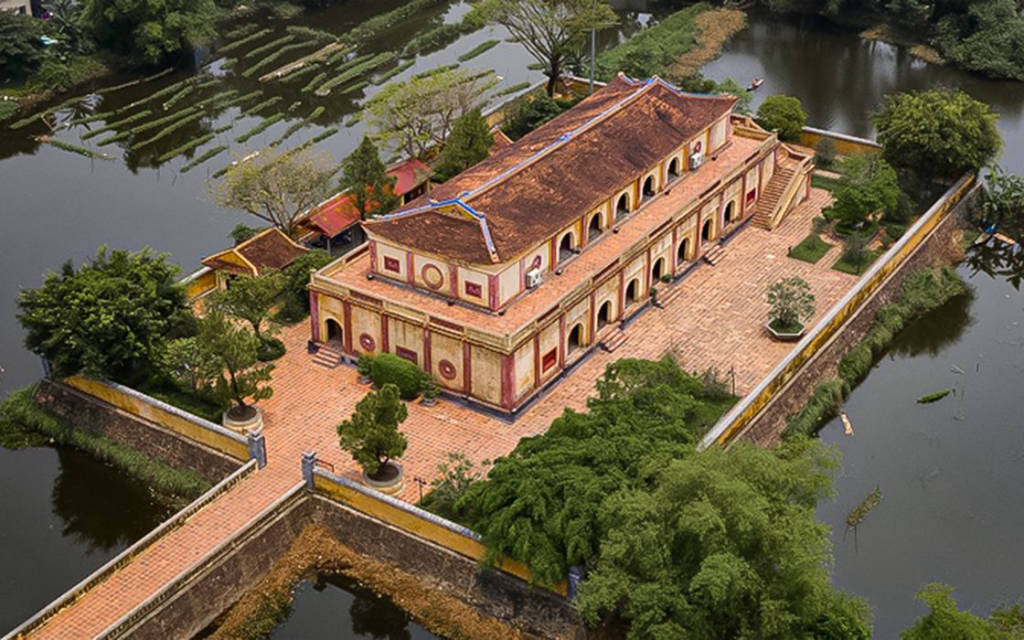
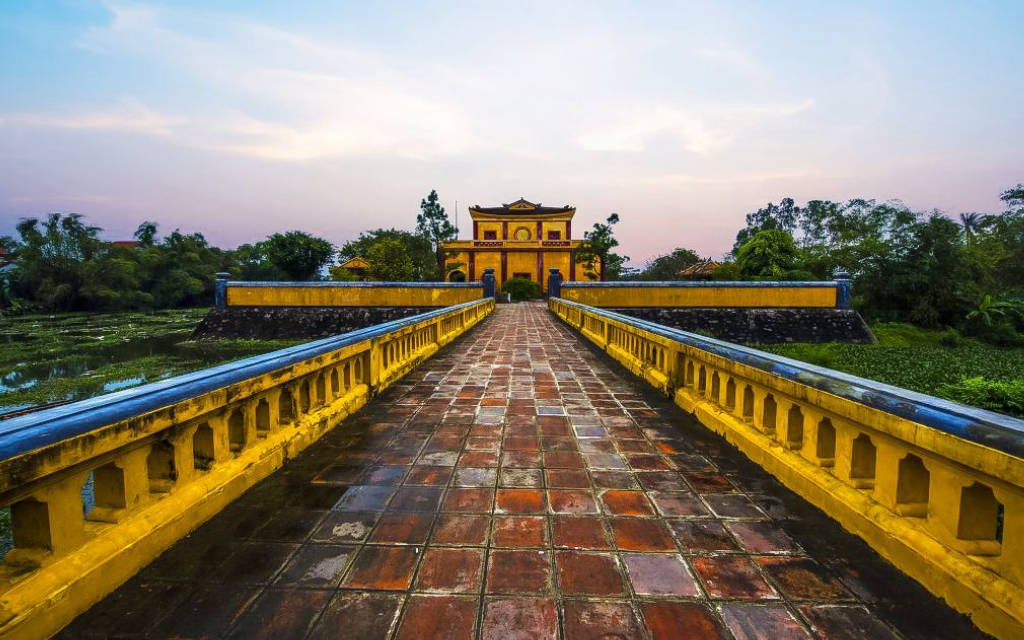
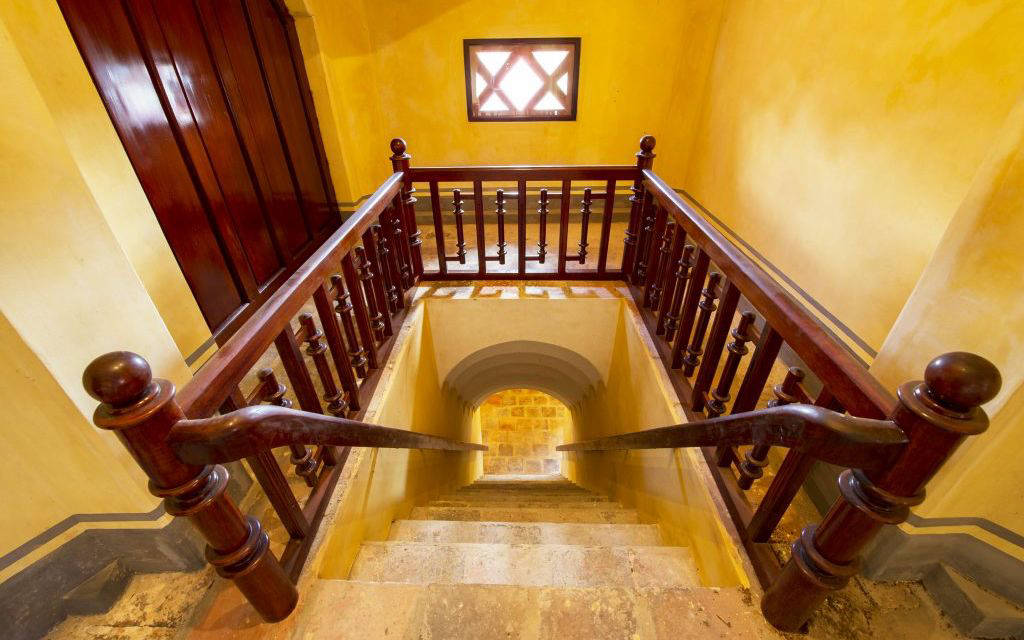
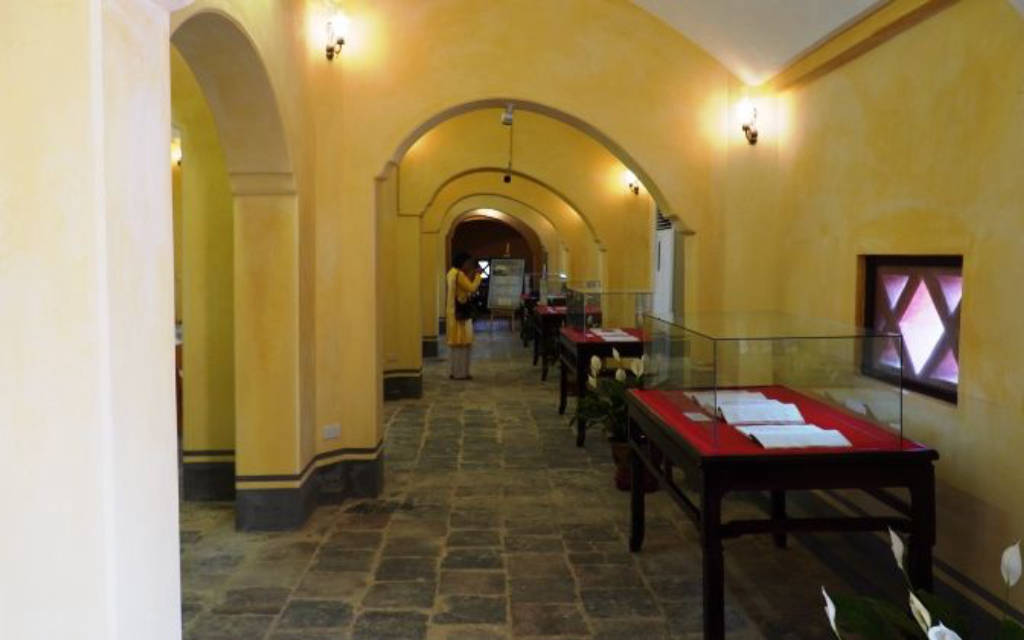
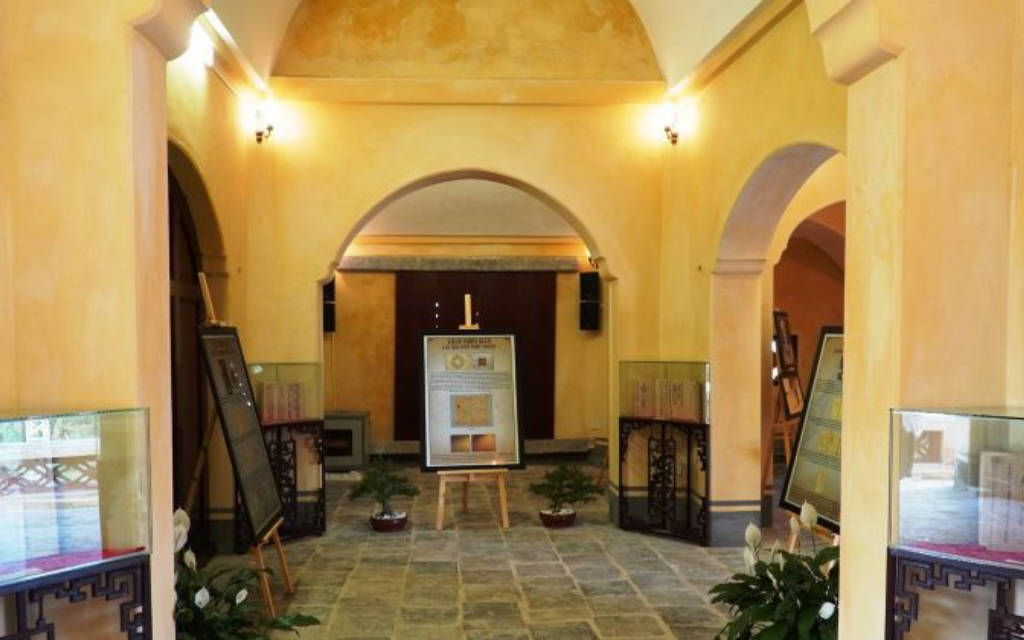





 Đinh Tiên Hoàng, P. Thuận Lộc, Tp. Huế, T. Thừa Thiên Huế, Việt Nam
Đinh Tiên Hoàng, P. Thuận Lộc, Tp. Huế, T. Thừa Thiên Huế, Việt Nam